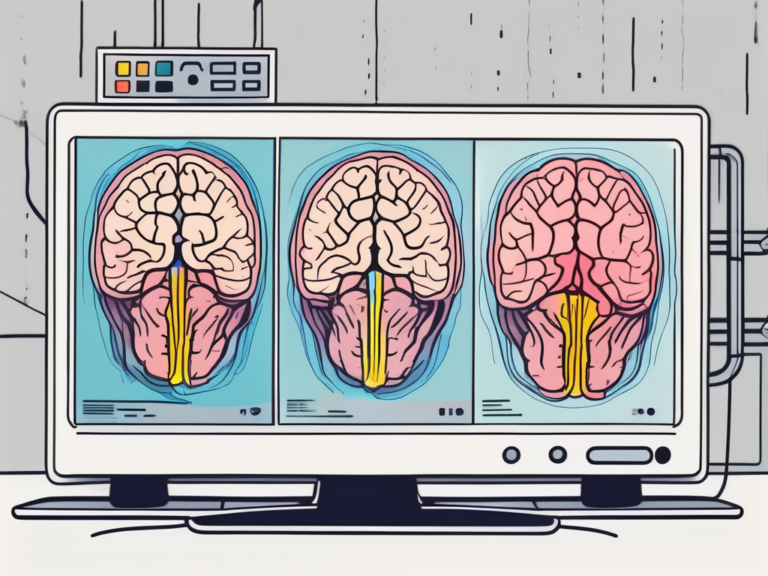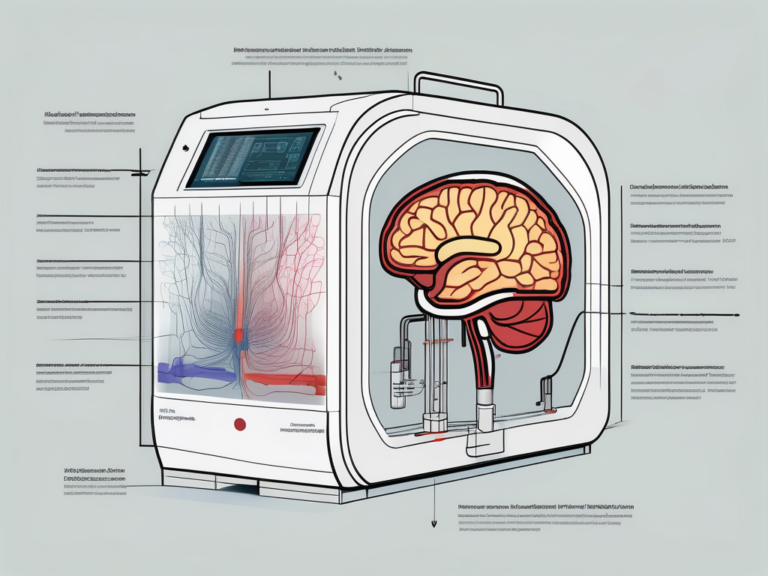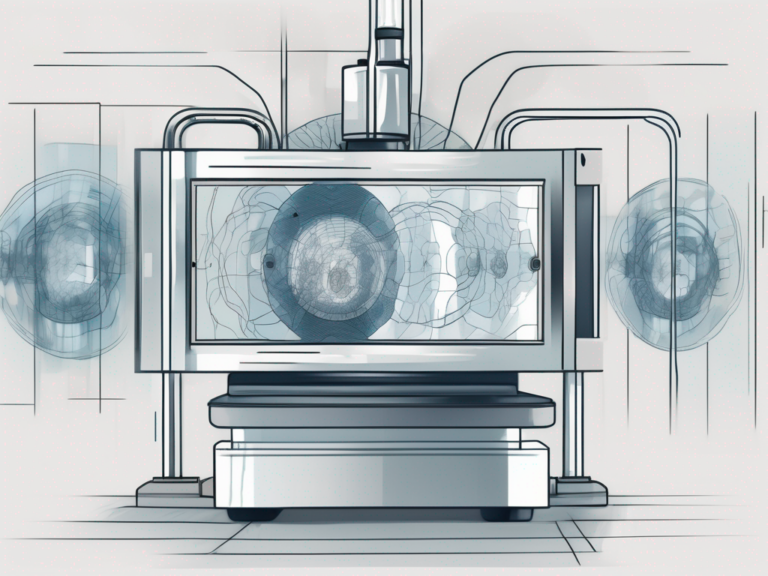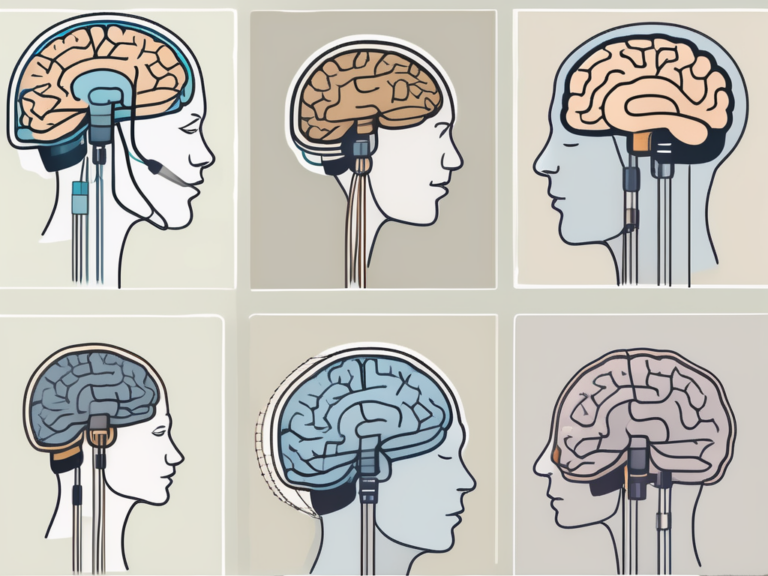what are the advantages and disadvantages of fmri
Functional magnetic resonance imaging (fMRI) is a powerful neuroimaging technique that has revolutionized our understanding of the human brain. By measuring changes in blood flow and oxygenation, fMRI allows researchers to observe brain activity in real-time. In this article, we will explore the advantages and disadvantages of fMRI and its implications for the field of neuroscience.
Understanding the Basics of fMRI
Before delving into the advantages and disadvantages of fMRI, it is essential to grasp the basic principles behind this technique. fMRI relies on the fact that neural activity in the brain is accompanied by changes in blood flow and oxygenation. When a specific brain region engages in a task or is active during rest, there is an increase in blood flow to that area. This increase in blood flow can be detected and visualized using fMRI scans.
The Science Behind fMRI
At the heart of fMRI lies the concept of the blood-oxygen-level-dependent (BOLD) signal. The BOLD signal measures changes in the oxygen levels of the blood, providing a proxy for brain activity. When a brain region is active, oxygen consumption increases, leading to an increased level of deoxygenated hemoglobin. By detecting these changes in hemoglobin levels, fMRI creates detailed images of brain function.
Furthermore, fMRI technology has revolutionized the field of neuroscience by allowing researchers to non-invasively observe brain activity in real-time. This capability has opened up new avenues of research into understanding complex cognitive processes, such as decision-making, memory formation, and emotional responses.
Key Components of an fMRI Scan
An fMRI scan involves several key components to capture and analyze brain activity. A powerful magnetic field is used to align the nuclear spins in hydrogen atoms, which form the basis of the MRI signal. A radiofrequency pulse is then used to flip the spins, and when the spins relax back to their original state, they emit radiofrequency signals. These signals are captured by sensitive detectors, processed, and reconstructed into images.
Moreover, the data obtained from fMRI scans can be further analyzed using advanced statistical techniques to map brain networks and identify regions that are functionally connected. This connectivity analysis provides insights into how different brain regions communicate and work together to perform various cognitive tasks, shedding light on the complex network dynamics of the brain.
Advantages of Using fMRI
One of the primary advantages of fMRI is its high spatial resolution, allowing researchers to pinpoint the location of brain activity. This level of detail is invaluable for studying complex cognitive processes and mapping brain regions associated with specific functions. Additionally, fMRI is non-invasive, eliminating the need for invasive procedures or exposure to radiation.
High Spatial Resolution
fMRI provides detailed spatial information, enabling researchers to identify the precise brain regions involved in a particular task or cognitive process. This spatial resolution has been instrumental in advancing our understanding of cognitive and emotional processes, as well as identifying abnormalities in brain function.
Non-Invasive Nature
Compared to other imaging techniques, such as positron emission tomography (PET), fMRI is non-invasive, making it safer and more comfortable for participants. Unlike PET scans, which require the injection of radioactive tracers, fMRI relies solely on the magnetic properties of the hydrogen atoms in our bodies. This non-invasiveness also allows for repeated measurements, making fMRI suitable for longitudinal studies.
Ability to Measure Metabolic Changes
Another advantage of fMRI is its ability to measure changes in metabolic processes occurring in the brain. By examining the ratio of oxygenated to deoxygenated blood, researchers can infer the metabolic demands of different brain regions during various tasks. This information helps elucidate the underlying mechanisms of brain function and how they may be altered in neurological disorders.
Moreover, the high temporal resolution of fMRI allows researchers to capture changes in brain activity with great precision. This is particularly useful when studying dynamic cognitive processes, such as decision-making or language comprehension. By analyzing the timing of brain responses, researchers can gain insights into the sequence of neural events that occur during these processes.
In addition to its applications in cognitive neuroscience, fMRI has also found utility in clinical settings. For example, it has been used to identify biomarkers for psychiatric disorders, such as depression or schizophrenia. By comparing brain activity patterns between individuals with and without these disorders, researchers can potentially develop diagnostic tools that aid in early detection and personalized treatment.
Disadvantages of fMRI
While fMRI offers numerous advantages, it is important to acknowledge its limitations and potential drawbacks. Understanding these disadvantages is crucial for interpreting fMRI findings accurately and advancing the field of neuroimaging.
Limitations in Temporal Resolution
Compared to other neuroimaging techniques like electroencephalography (EEG), fMRI has relatively poorer temporal resolution. The BOLD signal is delayed and can only provide a rough estimation of the timing of neural events. This limitation makes it challenging to discern the precise sequence of neural activations and can impact the interpretation of cognitive processes that occur rapidly.
For example, let’s say researchers are interested in studying the neural processes involved in decision-making. While fMRI can provide valuable insights into the brain regions involved, it may not capture the precise moment when a decision is made. This limitation hinders our ability to understand the intricate details of cognitive processes that unfold rapidly in the brain.
Susceptibility to Noise and Artifacts
fMRI scans are vulnerable to various sources of noise and artifacts that can affect the quality of the data collected. Motion artifacts, for example, can distort the images and compromise their accuracy. To mitigate this issue, researchers employ techniques such as head motion correction algorithms to minimize the impact of motion-related artifacts.
Furthermore, external stimuli such as scanner noise can elicit neural responses that may confound the interpretation of brain activity. Imagine a study investigating the effects of music on the brain using fMRI. The loud noise produced by the scanner itself could potentially activate certain brain regions, leading to misleading results. Researchers must carefully consider and control for these confounding factors during data analysis.
High Cost and Accessibility Issues
One of the significant challenges associated with fMRI is its cost and accessibility. Setting up and maintaining an fMRI scanner is expensive, making it inaccessible for many research institutions and clinics. The high cost of fMRI studies can limit the sample size and diversity of participants, potentially biasing the findings.
Moreover, the limited availability of fMRI scanners in certain regions or countries can hinder the progress of neuroimaging research. This lack of accessibility may result in a skewed representation of the global population in fMRI studies, limiting our understanding of brain function across diverse populations.
Efforts are underway to develop more cost-effective fMRI systems to address these challenges. Researchers are exploring innovative approaches, such as portable fMRI scanners and open-source software, to reduce costs and increase accessibility. These advancements aim to democratize fMRI research and ensure that it is not limited to a select few institutions or regions.
Comparing fMRI with Other Neuroimaging Techniques
While each neuroimaging technique has its own strengths and limitations, comparing fMRI with other modalities offers valuable insights into their applications and complementarity.
Functional magnetic resonance imaging (fMRI) is a powerful neuroimaging technique that measures changes in blood flow and oxygenation levels in the brain, allowing researchers to infer neural activity. By detecting the hemodynamic response associated with neuronal activity, fMRI can provide detailed spatial maps of brain regions involved in various cognitive tasks or stimuli.
fMRI vs. PET Scans
Compared to fMRI, Positron Emission Tomography (PET) scans provide more direct measures of brain metabolism and receptor binding. PET can be used to investigate neurotransmitter systems and quantify receptor densities, offering unique insights into psychiatric and neurological disorders. However, PET scans involve exposure to radioactive tracers and have lower spatial resolution than fMRI.
Additionally, PET scans are often used in conjunction with fMRI to combine the strengths of both techniques. This multimodal approach allows researchers to obtain simultaneous information on brain function and neurochemistry, providing a more comprehensive understanding of brain activity.
fMRI vs. EEG
Electroencephalography (EEG) measures electrical activity in the brain and excels in its exceptional temporal resolution. It is particularly useful for studying rapid neural events, such as evoked responses and oscillatory activity. However, EEG has limited spatial resolution compared to fMRI and cannot provide precise localization of brain activity.
Despite their differences, fMRI and EEG are often used together in studies to capitalize on their respective strengths. This integration of techniques, known as EEG-fMRI fusion, allows researchers to combine the high spatial resolution of fMRI with the excellent temporal resolution of EEG, providing a more comprehensive view of brain function.
The Future of fMRI
The field of functional Magnetic Resonance Imaging (fMRI) continues to evolve, driven by technological advancements and expanding applications. These advancements hold promise for enhancing the spatial and temporal resolution of fMRI, enabling more detailed mapping of brain connectivity and a better understanding of the dynamics of brain networks.
Technological Advancements and Their Impact
One of the most exciting technological advancements in fMRI is the development of ultra-high-field MRI scanners. These scanners, with their powerful magnetic fields, have the potential to revolutionize the field by providing unprecedented levels of detail in brain imaging. By increasing the spatial resolution, researchers will be able to observe brain activity at a finer scale, allowing for more precise identification of specific brain regions involved in different cognitive processes.
Additionally, the improved temporal resolution offered by these scanners will enable researchers to capture the rapid changes that occur in the brain during various tasks. This will provide valuable insights into the dynamic nature of brain networks and how they adapt and interact in real-time.
Furthermore, novel analysis techniques, such as multivariate pattern analysis and machine learning algorithms, are being developed to extract more meaningful information from fMRI data. These methods allow researchers to decode complex cognitive processes by identifying patterns of brain activity associated with specific mental states or behaviors. This opens up new avenues for understanding the intricate workings of the human brain and its role in various cognitive functions.
Potential New Applications for fMRI
As fMRI technology continues to advance, new applications are being explored beyond traditional cognitive neuroscience. One such area is clinical applications, where fMRI is proving to be a valuable tool in pre-surgical planning. By mapping brain activity before surgery, surgeons can better understand the functional organization of the brain and minimize the risk of post-operative complications.
In addition, fMRI is being used to assess treatment efficacy in neurological disorders. By monitoring changes in brain activity before and after treatment, researchers can gain insights into the effectiveness of different interventions and tailor treatment plans to individual patients.
Another exciting area of research is the study of psychiatric conditions using fMRI. By investigating the brain networks underlying social processes, fMRI is shedding light on disorders involving social cognition, such as autism spectrum disorder. This knowledge has the potential to inform the development of targeted interventions and improve the lives of individuals with these conditions.
In conclusion, fMRI has emerged as a remarkable tool for studying brain function. Its high spatial resolution, non-invasive nature, and ability to measure metabolic changes have propelled neuroscience research forward. While limitations in temporal resolution, susceptibility to noise, and accessibility issues exist, ongoing technological advancements and innovative applications continue to push the boundaries of fMRI. As our knowledge of the brain expands, fMRI will undoubtedly play a central role in unlocking its complexities.
With each new breakthrough in technology and each innovative application, the future of fMRI becomes even more promising. As we delve deeper into the mysteries of the human brain, fMRI will continue to provide us with invaluable insights, helping us unravel the intricacies of cognition, behavior, and neurological disorders. The possibilities are vast, and the future of fMRI is filled with endless opportunities for discovery and advancement.






